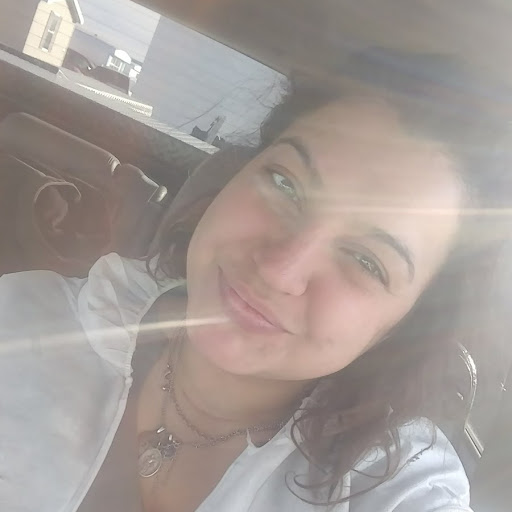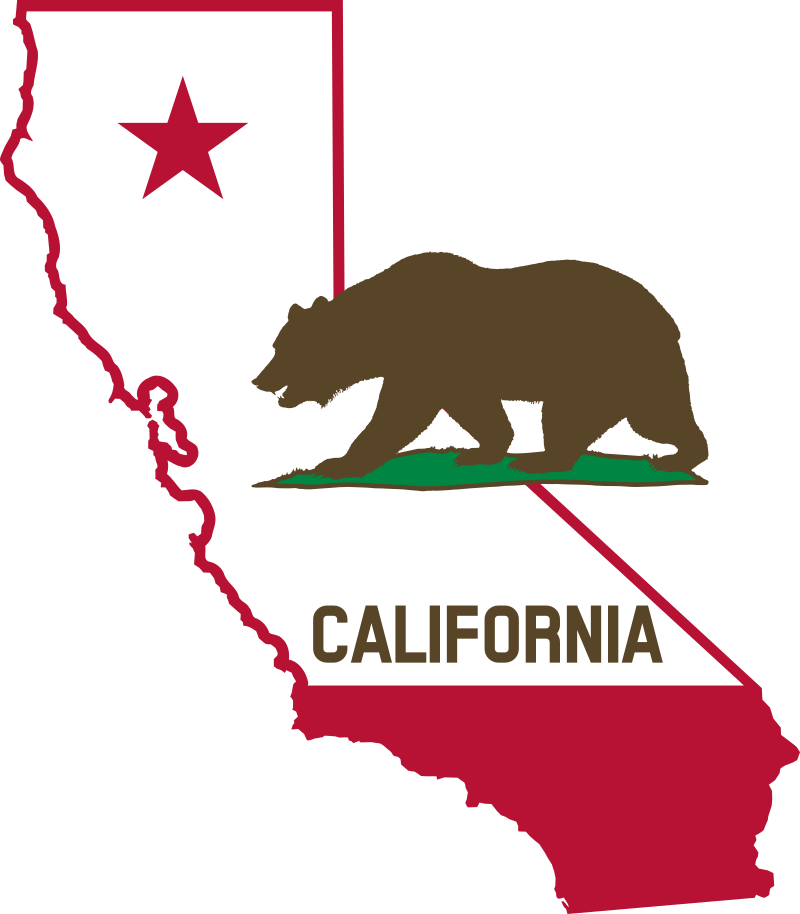The Weatherization Assistance Program (WAP) has been around for over 40 years and has served over 7.4 million households, saving families money and making their homes healthier and safer. From the very beginning of the WAP’s history, women have been a driving force in weatherization. This post is part of a month long feature for Women’s History Month. Each post will highlight a few of the women working across the country in the Weatherization Assistance Program. You can join the conversation on social media with the hashtag: #WomenOfWAP
Featured in this post…
Lisa Pena– Crew Leader, Wyoming Weatherization Services, Wyoming
Suzanne Harmelink– Senior Manager, WECC, Wisconsin
Teresa Diaz– Program Manager, MAAC, California
Lisa Pena
Crew Leader/Area Supervisor, Wyoming Weatherization Services, Wyoming

1. How did you first get interested and involved in weatherization?
I was a participant in a non-traditional career trades training program (Climb Wyoming), structured for single mothers in which I became core curriculum certified to work in the construction field when I was 22 years old. After about a year working as a framer for a local construction company I found myself laid off and in search of a company where I could utilize the skills I had learned as well as continue to broaden my horizons. At this time the director of our local WAP program reached out to the director of the construction trades program and just by chance I got an interview. It was in my interview where I first learned about weatherization and what the program consists of. The work sounded perfect. The benefits sounded great and luckily I got the job. My hire date was August 27, 2006 and over the years weatherization has truly become my passion.
2.Tell us about your current and past roles in the WAP.
My first position was an Installer Technician. In the beginning I was fortunate to have been trained by a very passionate, and very experienced group of people including one particular woman in whom I would have to accredit for cultivating my love and passion for weatherization. I was quickly trained as a Lead Safe Renovator and took several classes through OSHA. Soon I was able to understand the work, the purpose of the work and the standards. From there I became a trainer for newly hired technicians as well as an Auditor assistant. This era was followed by becoming a BPI Certified Energy Auditor, as well as a First Aid and CPR trained member of our team. I now currently continue to do it all- everything from training employees, to insulating walls, to changing light bulbs and closing files. I am now a Certified Residential Home Inspector as well. Today I am working with a different Weatherization Company and am proudly the first Female Crew Lead /Area Supervisor within our company.
3.What is it like being a woman in weatherization? Advantages? Challenges?
Fulfilling is the word that comes to mind. This truly has been a wonderful journey with so many ups and downs. I have countless memories I will forever cherish, both positive and negative. Everything from life saving moments to life changing moments. All of which have been great learning experiences.
The biggest advantages I’ve experienced as a woman in weatherization is my natural abilities, to make our clients comfortable having us in their homes. Its very easy for me to gently and sincerely communicate the ins and outs of our program to the people we serve. I often become the communication link between the clients and the crew. Another advantage is that I always bring different perspectives to each and every challenge we face as a team. When the guys get stressed I can usually come up with a solution or at least make them laugh and visa versa, when I get stressed they can usually bring me back down to earth.
As for challenges, I have experienced so many throughout the years. Like many female professionals, I have experienced everything from harassment, to people questioning my qualifications, to having to demand fair pay. You name it, I’ve probably seen it. I have had personal battles within myself questioning if I should have chosen a more “traditional” career.” However, the absolute greatest challenge has to be the heartache. It’s another world out there. The hardest part of serving and working in the home of low – income community is experiencing the unbelievable struggles some of our clients face each and every day, and then having to find some sort of balance in completing the job we came to do and moving on. Some of my memories could bring you to tears and have brought me to tears.
4.Why do you work in weatherization? What about your job makes you excited to go to work in the morning?
I have learned a great deal from the people I have helped and the homes I have worked on. Both positive and negative, and I have learned to appreciate it all. I love the challenges. I love making a change. I love the way the program is ever evolving. Some days are definitely harder that others, but I can honestly say “I’m doing what I love and I love what I do.”
5.Do you have advice for other women interested in joining the weatherization field?
It’s not always going to be easy, but it will always be worth it. Good Luck! Call me if you need anything or having any questions.
Suzanne Harmelink
Senior Manager, Wisconsin Energy Conservation Corporation (WECC)
1. How did you first get interested and involved in weatherization?
The weatherization agency in the town I lived in needed a receptionist and outreach coordinator. I applied for the job and got it. I had not heard of the weatherization program before I applied for the job.
2.Tell us about your current and past roles in the WAP.
I started as a receptionist and outreach coordinator for the local weatherization provider in Sheboygan Wisconsin – Partners for Community Development in 1988. My main role was to obtain, receive and process weatherization applications. When Wisconsin moved to a computerized audit, I supported the Energy Auditor with the data entry and processing of the audit. To prepare me for supporting the electronic energy audit tool, I went in the field and shadowed our Energy Auditor as he completed energy audits. This process worked well and helped me understand how buildings work at a different level. I found that many of the field staff at my agency were not interested in attending training. So, I went to every technical training on weatherization and building science that I could.
In 1991, I joined Wisconsin Energy Conservation Corporation (WECC) supporting the training contract with the State of Wisconsin as a Technical Services Advisor. I am now a senior manager. I lead WECC’s Technical Services Department which includes the Training Center. WECC supports the State of Wisconsin Division of Energy, Housing and Community Resources providing weatherization training and technical assistance services under contract. I have been involved with designing, delivering, and implementing training and conferences at various levels throughout my career. One of my favorite training events was Wisconsin’s Technical Exchange Fair (Tech Fair) — a training designed by and developed for weatherization field staff. We were even lucky enough to take the Tech Fair concept to the northeast part of the country implementing several events. I also support a team that creates and maintains weatherization guides and support tools for the agencies. An example is the Weatherization Guidebook – an energy education tool for agencies to document the work completed specific to a customer’s home providing relevant tips and troubleshooting information and other support information. I am excited to learn more about new training innovations and figure out how to incorporate them into the weatherization trainings. I also oversee the State of Wisconsin’s Home Energy Plus Information Center. The information center is an 800 line providing energy assistance and weatherization program information and support to over 40,000 callers annually.
3.What is it like being a woman in weatherization? Advantages? Challenges?
I have found that if you are interested in learning the building science and the energy efficiency program information, there is always someone willing to work with you whether teaching or mentoring. I have had the pleasure of working with many amazing individuals both male and female over the years from trainers and program implementers to energy auditors and insulation installers.
4.Why do you work in weatherization? What about your job makes you excited to go to work in the morning?
The people – plain and simple. The individuals that work in this program are amazing. They wear a multitude of hats from building scientists, trainers and installers to supervisors and number crunchers. They work in difficult housing and deal with people from all walks of life on any given day. Being that I work for a training center that supports Wisconsin’s Weatherization program, I am in a unique position. I get to support the boots on the ground agency staff and also support the weatherization program staff at the state level. I am never bored and always busy. Secondly, I love developing training curriculum and events, working with the trainers and doing some training myself.
5.Do you have advice for other women interested in joining the weatherization field?
If you are interested – go for it!
Teresa Diaz
Program Manager, MAAC, California

1.How did you first get interested and involved in weatherization?
21 years ago MAAC had a computer class that I attended, at that time there was an job opening as a file clerk in the weatherization program, I applied and got hired and since then I am here
2.Tell us about your current and past roles in the WAP.
File clerk, scheduler, administrative assistant and currently Program Manager of weatherization program.
3.Why do you work in weatherization? What about your job makes you excited to go to work in the morning?
I have passion on what I do because of the involvement with the community. Love helping people!!
4. Do you have advice for other women interested in joining the weatherization field?
If you like helping people out in your community this is the right job for you!





